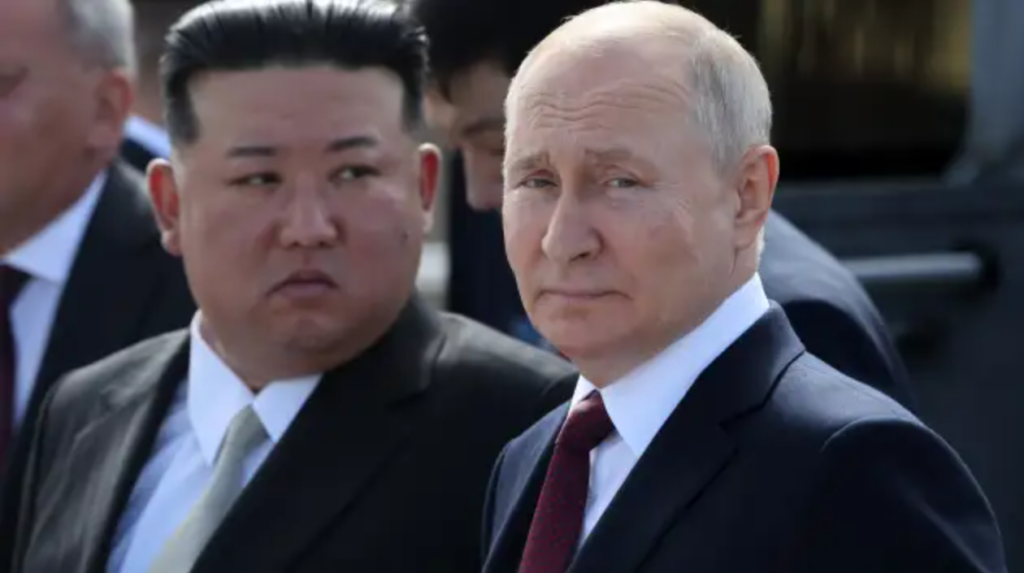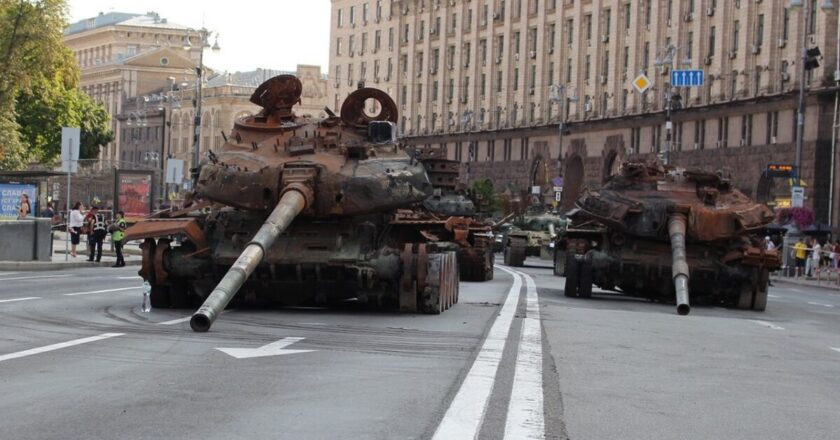Recent conflicts between Russia and Ukraine began on Feb. 20, 2014, when Russia annexed Crimea, a former territory of Ukraine. After the invasion, Russia launched another attack nearly eight years later, on Feb. 24, 2022.
The conflict itself originates from the difference in political ideals between Ukraine and Russia. Ukraine serves as a Western outpost due to its democratic political structure and its alliance with other European nations. For global superpowers like the United States, Ukraine serves as an important military buffer to Russia.
After the annexation of Crimea, tensions between the two nations rose until they finally reached a boiling point in late Feb. of 2022.
In Feb. 2022, Russia embarked on a more full-scale invasion of Ukraine to capsize the Western-aligned government of Volodymyr Zelenskyy.
According to the Statista Research Department, since then, over 9,500 Ukrainian civilian deaths have been registered, as well as 14 million citizens displaced, with numbers rising every day.
However, it is unlikely that we have seen the climax of this war. With increased pressure to win on both sides, new international actors are joining the fray in the fight between the two nations. North Korea, for example, is providing Russia with more artillery to fend off Western aggression.
“On one hand, [aid from North Korea suggests] Russia might be struggling to produce the amount of missiles they need,” Upper School history teacher Kyle Donahue said. “On the other hand, the trade relations between Russia and North Korea are worrisome because it will help Russia increase its military efforts.”
Mr. Donahue’s remarks are substantiated by Russia’s new efforts in recruitment. Since early December of last year, Russia has been silently but swiftly increasing the number of soldiers in its army.
According to the Kremlin and Defense Ministry, on Dec.1, 2023, Russian President Vladimir Putin signed a decree to increase the maximum number of servicemen in the Russian armed forces by 170,000 people.

Ukraine itself still suffers from the fact that it is not in NATO. While the countries in NATO do condemn the war between the two nations, many have limiting circumstances that make a Ukrainian induction into the organization risky for their own country’s safety.
Take Finland, for example: a relatively new NATO member as of April 2023 who joined because of growing tensions in the region. Due to the country sharing a border with Russia, Finland felt vulnerable to attack from the Russian army. If a country like Ukraine became a full-fledged NATO member, Russia could direct its eyes onto Finland due to its indirect participation in the war.
Because of this, Ukraine does not presently benefit from the security agreements that NATO grants to its full-fledged members. However, Ukraine joining NATO is not off the table in the slightest, and its membership status was brought up at the organization’s conference held in Lithuania back in September of last year.
But this new membership could see an even more emboldened Russia in the future. Following the new developments of North Korea and Ukraine’s membership status in NATO, Europe could see a major increase in Russia’s military presence in the coming months.
However, it is hard to say where the direction of the war is truly going, as both sides seeking foreign aid could be a sign of internal struggle. As Mr. Donahue stated, taking the information in one day can make the whole situation much more easier to understand.
“Predictions [for the war] are hard, and usually I explore more what is happening day to day and think about comparisons to other moments in history,” Mr. Donahue said. “Because I tend to believe a version of history always repeats itself.”

